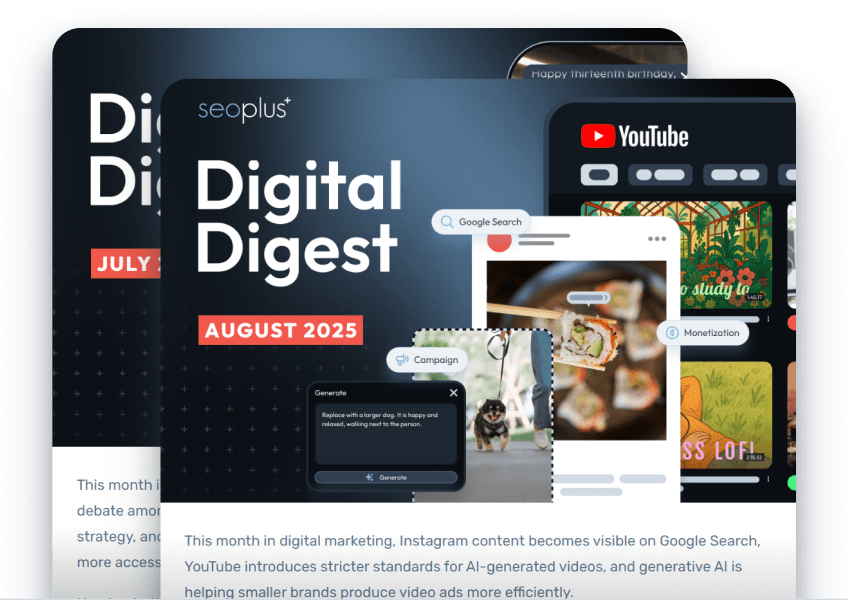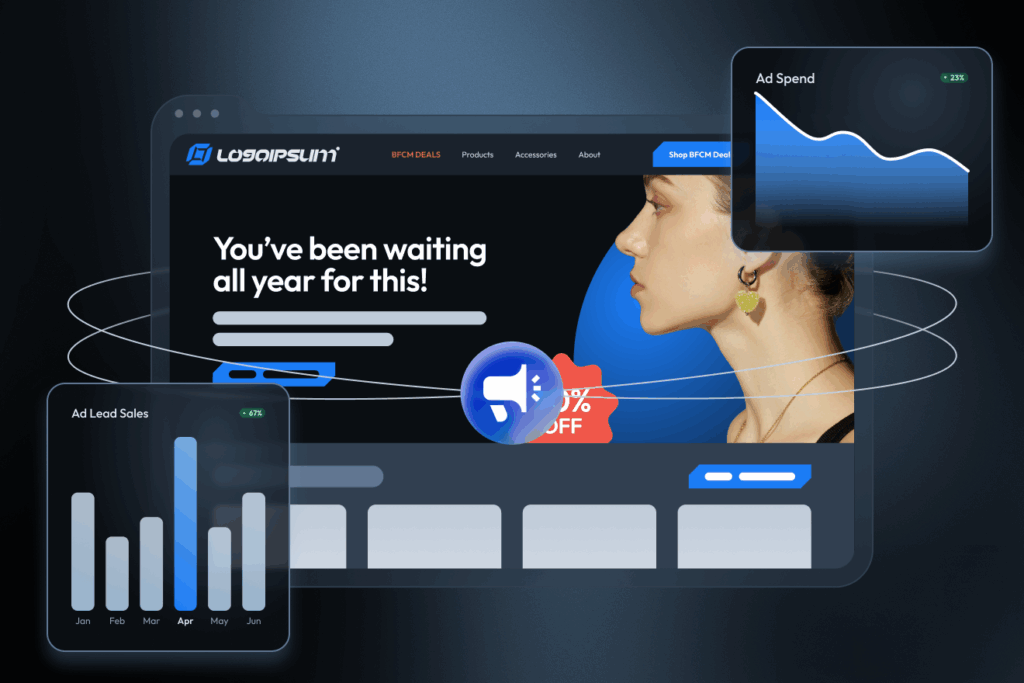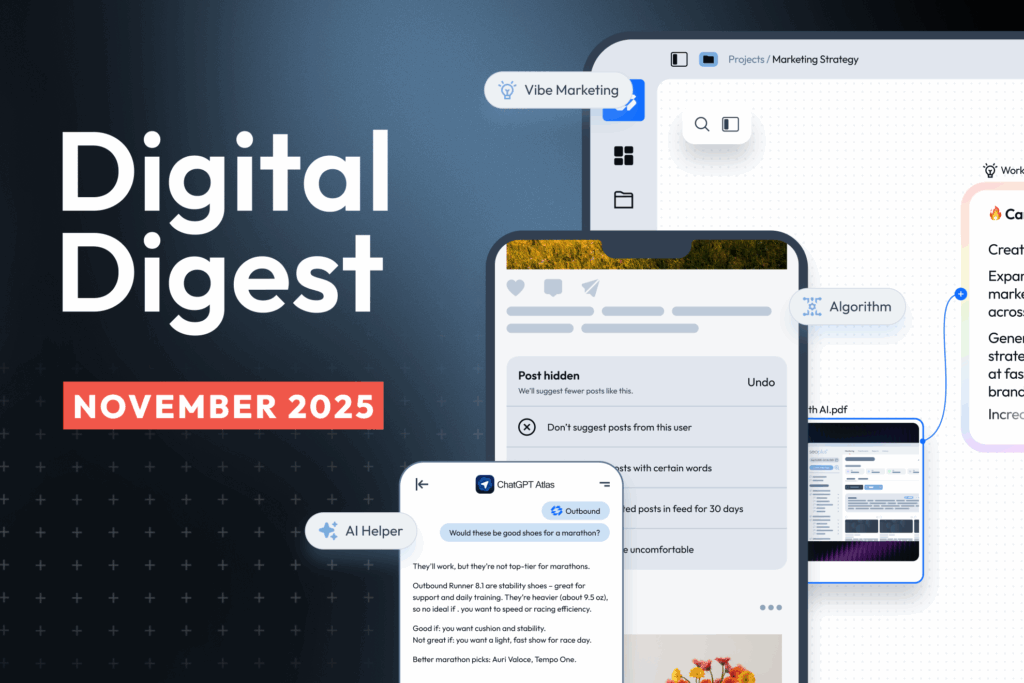Let’s be clear: a business won’t go very far if it’s not based on a great idea. That’s how all great businesses start, right?
It’s true, they do—but an idea isn’t worth much if you don’t know how to make it come to life.
To do so, you need three things: skills, resources, and time. And when you put them all together, you get everyone’s favourite activity: research!
Yes, the secret behind all great marketing campaigns is market research. Knowing who your audience is, who your competitors are, as well as your biggest threats and greatest advantages are just some of the basic components you need to know to market your business effectively.
It doesn’t matter if your idea is unique if you don’t know how to turn it into something real and sustainable. A great campaign is rarely done overnight, and if it is, the research probably wasn’t very thorough, and the campaign won’t end up achieving its potential.
So, let’s take a dive into the fundamentals of excellent market research that, ultimately, leads to great campaign results.
Knowing your brand
The first step to executing a great marketing campaign is understanding what your brand’s purpose is. Most call this a mission statement. Once you’ve established what yours is, it needs to be implemented into all of your campaigns—which is easier said than done.
But whether you’re selling a service, or introducing a new product, your brand’s message needs to be a part of it. Your message is what will define your brand. A reason why so many businesses have a difficult time making their mark is because they lack an identity—figure out who you want to be and stick to it.

Strategizing around your strengths and weaknesses
Once you’ve clearly defined your mission statement, it’s time to dive into the next two critical components—your company’s strengths and weaknesses.
What kind of financial budget are you working with? Do you have enough employees to account for the projects you’re envisioning? Do you have easy access to media vehicles that will promote your message? These are some of the bigger questions that you need to answer honestly.
If you do have all of these, then you’re in luck—things just got easier. But if you don’t, I recommend not having your heart set on a campaign idea that’s too costly. But marketing isn’t all about money. Marketing is about strategy—making the most of what you have and what you lack.
Are you a company with goodwill? Does your company work well as a team? Does your business have actual meaningful stories to share that people will support and care about?
If you ask me, there are two common mistakes companies make that drive their business to the ground—trying to be something they’re not and attempting to do something they have no business trying.
Don’t be the company that spends all of its resources on expensive and unnecessary technology or spends time at trade shows where they won’t bring in the number of customers they need to make it worth it. Instead, be the company that allocates those resources to something that will have a longer-lasting impact and provide your company with actual effective results, such as developing a beautiful website or some online paid advertising.
Understanding some of these basic, yet critical elements of your company will put you in a more successful and sustainable position moving forward—whether you’re a large corporation or a startup. If you’re honest with yourself, you’ll be rewarded. Pretending to be something you’re not will be your downfall.

Understanding your audience
Even though many of you reading this would like to say everyone is your audience, they’re not. If that was the case, you probably wouldn’t be reading this article. And that’s okay.
If your primary target audience is a niche group of people, and you’re able to communicate to them properly, your campaign will be a success and your company will benefit from it.
However, that’s still easier said than done. Audiences are elusive and their attention span can often be limited. They’re typically picky and they’re constantly changing their desires. Not to mention the fact that there are still most likely multiple subgroups of audiences within your primary audience that you should be considering.
Even once you’ve figured out who all of your audiences are, there are still countless questions that need to be answered. If a brand wants to sustain and even grow its successes, it needs to be able to keep up with the trends—whether they’re gradual changes or drastic. In other words, these trends won’t always be predictable, but they can be anticipated. Nonetheless, brands must be ready to adapt.
Don’t be the brand who’s late to the movement—proper market research will allow you to be there from the start.

Competitors—they’re an advantage
Spending time researching your competitors can seem like a waste of time—why not spend that time developing your own brand? That’s because knowing what your competitors are saying and doing is a piece to your puzzle.
Understanding what your audience likes and dislikes about competitors’ businesses will give you an edge. What can you do similarly and what should you avoid?
In addition, what are your competitors lacking that your audience is craving? Whatever that may be, find a way to provide it yourself.
Your competitors are a part of your business’ blueprint. Don’t look at them as a disadvantage, use them to your advantage!
Market research takes time—so take the time
As mentioned, market research doesn’t happen overnight—it’s a process. But it’s what alleviates the risks. With proper market research, marketers can develop the most effective campaigns and avoid disappointing failure. Understanding a brand’s top needs, objectives, audiences and competitors are some of the absolute fundamentals required to build a successful marketing campaign.
In more ways than one, the better the research, the better the execution will be.
All that to say, before proclaiming your next great idea to the world, make sure your research is complete. If you’ve done so correctly, you’ll have a much better chance of turning your idea into a reality.






